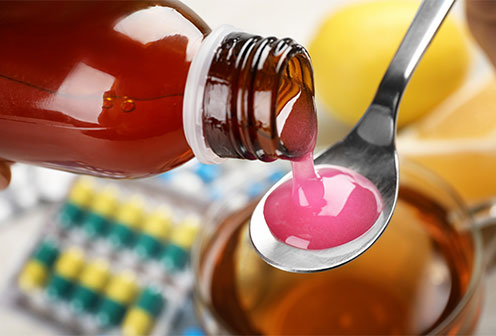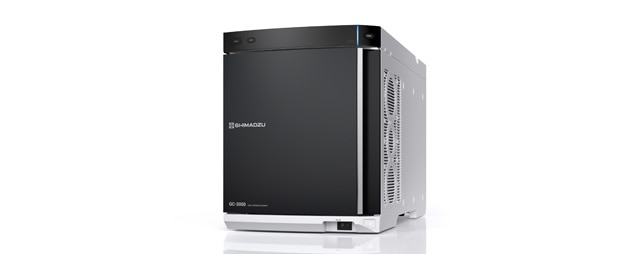Discover how Shimadzu's EG DEG analyzer offers a complete solution setup ideally suited to meet industry demands.
EG DEG Analyzer

End-To-End Solutions: Ethylene Glycol (EG) & Diethylene Glycol (DEG)
For Ethylene Glycol (EG) and Diethylene Glycol (DEG) Analysis, Shimadzu offers a comprehensive solution that encompasses chemicals, instruments, standard/sample preparation, analytical conditions, and software for operational and automated reporting. This turnkey solution streamlines instrument setup and analysis procedures, ensuring compliance with regulatory requirements in Quality Control (QC) labs and achieving precise determination of EG and DEG in pharmaceutical products.
Shimadzu EG DEG Analyzer
Chemical contamination in pharmaceutical products can have severe consequences for public health. Specifically in medicinal syrups, EG and DEG are two toxic substances that could be found as contaminants in these products.
For EG and DEG analysis, Shimadzu offers a comprehensive solution that encompasses chemicals, instruments, standard/sample preparation, analytical conditions, and software for operational and automated reporting. This turnkey solution streamlines instrument setup and analysis procedures, ensuring compliance with regulatory requirements in Quality Control (QC) labs and achieving precise determination of EG and DEG in pharmaceutical products.
Download the flyer to discover Shimadzu’s solution for the Analysis of Ethylene Glycol and Diethylene Glycol in Glycerin, Propylene Glycol, and Sorbitol Solution via GC-FID (USP Monographs). Explore the end-to-end workflow, validated methods, automated reporting, and regulatory compliance all within a single flyer here:
EG DEG Contamination
Since October 2022, the World Health Organization (WHO) has issued six global medical product alerts for over-the-counter medicines contaminated with EG and DEG. In Indonesia, at least 195 child deaths were attributed to EG and DEG contamination, while in Gambia, West Africa, 70 child deaths were suspected to be caused by similar contamination. This alarming trend has led to an estimated 300 fatalities in children worldwide.

Pharmaceutical excipients such as propylene glycol, glycerol, and sorbitol solution, are commonly used in medicinal syrup to enhance solubility, taste, and texture. However, these raw materials are prone to contamination by toxic substances like EG and DEG. Symptoms of accidental ingestion of contaminated syrup can be severe, including abdominal pain, vomiting, altered mental state and kidney injury, which often leads to death.
To test pharmaceutical products for DEG and EG, Gas Chromatography (GC) is a widely used analytical technique. The minimum safe levels for humans for ingested DEG and EG are not known with certainty, but a detection level of 0.10% for each substance (based on the USP method) is considered adequate for screening raw materials and finished products from a safety point of view, although laboratories may also adopt Indonesia BPOM’s stricter limit of 0.006%.
Discover Our Products
Meeting the Needs of Our Customers

On 26 September 2023, Shimadzu Malaysia organized a timely workshop to address the contamination issue of medicinal syrups. Excipients such as propylene glycol, glycerol, and sorbitol are commonly used in medicinal syrup to improve the solubility of the active ingredients and enhance the taste of the medication. However, these raw materials can be easily contaminated with toxic ethylene glycol (EG) and diethylene glycol (DEG), which have caught the attention of WHO, hence leading to the issuance of a global alert on this issue.
In this workshop, Shimadzu presented the analysis solution using GCMS-QP2020 NX to identify and quantify EG and DEG in medicinal syrup. This comprehensive session covered both the theoretical aspect of Gas Chromatography-Mass Spectrometry (GCMS) and the practical demonstration of the medicinal syrup analysis.
By organizing this workshop, Shimadzu demonstrates their commitment to addressing real-world challenges and contributes to ensuring the safety and quality of pharmaceutical products globally.










